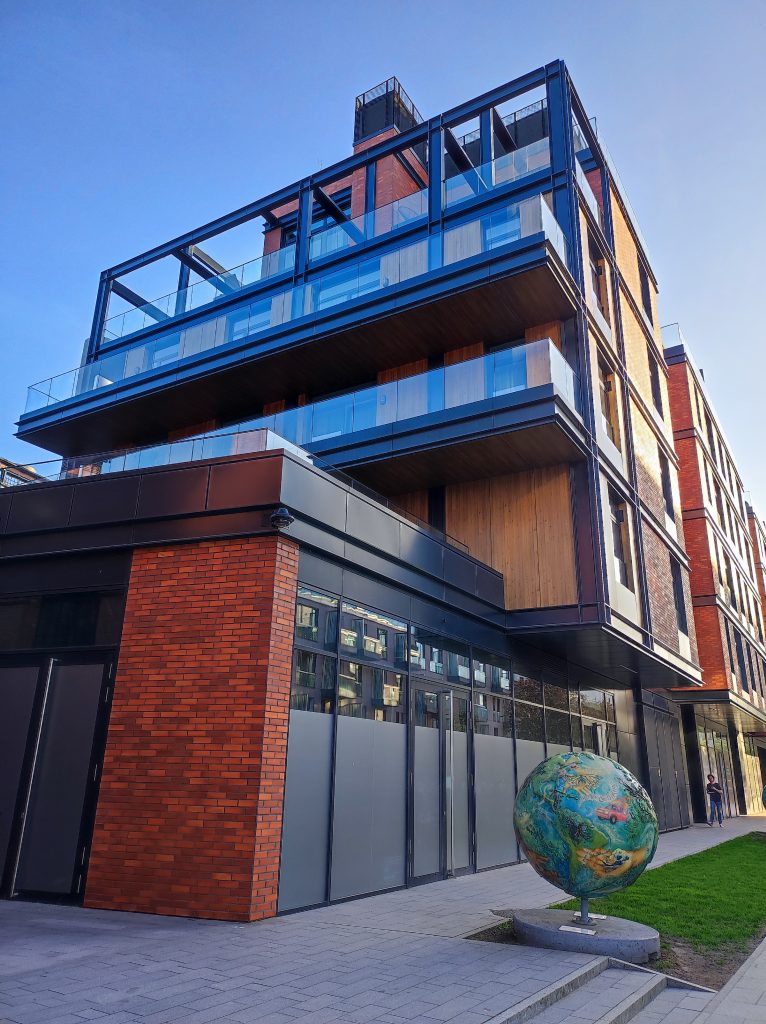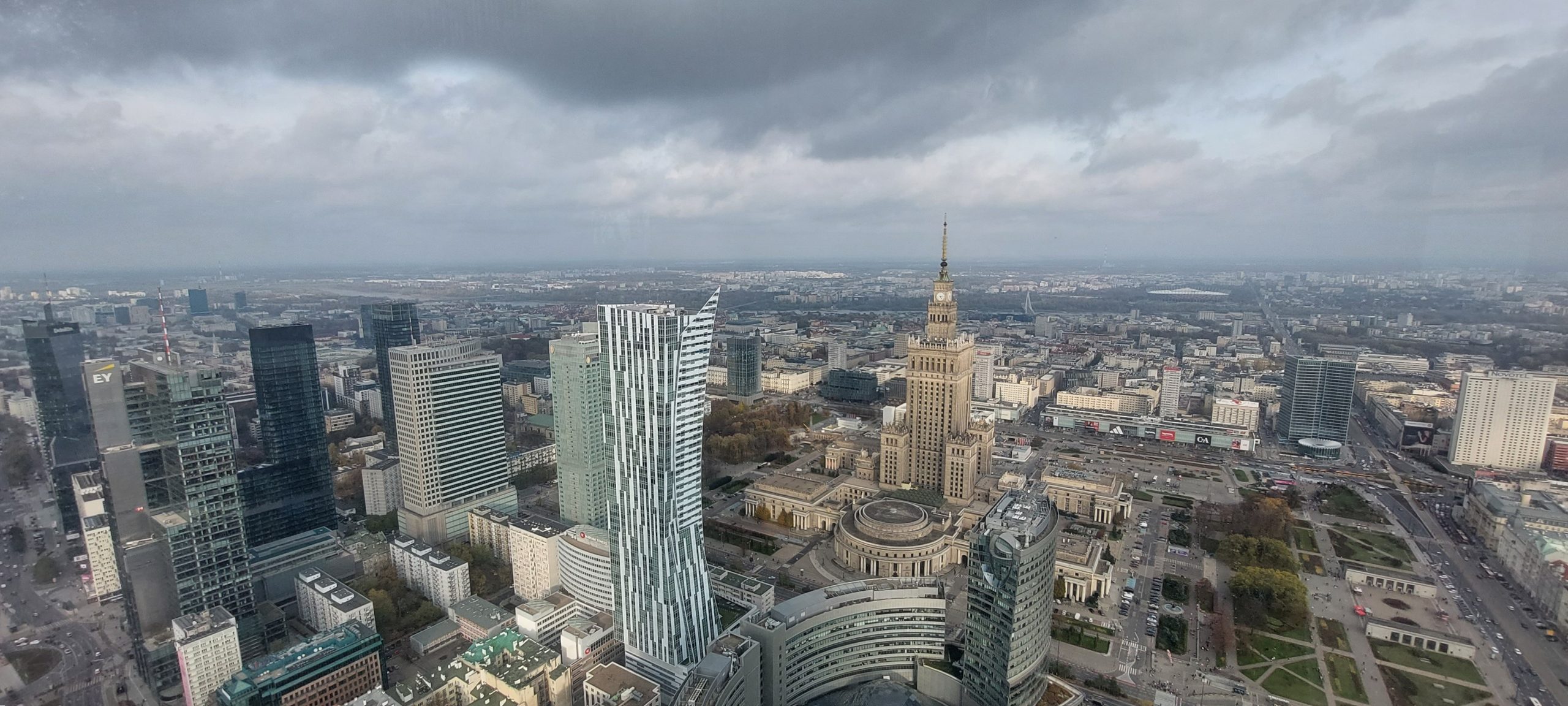What is residential multilocality?
Multilocalitymulti-localityin the context of housing is understood as everyday life carried out in several places of residence.
It is a specific spatial and temporal organization that mediates between the needs of various spheres of life (usually work and leisure) and the needs resulting from relationships with other people (usually family), which cannot be satisfactorily satisfied in one place.
How does the perspective of residential multilocality differ from previous housing studies?
This approach can help avoid the idea of a static and closed web of spatial connections, and instead emphasize movement, flow, and new interdependencies between spaces.
We know from practice that a large number of residents live their lives in several places of residence, the place of residence is not the same as the place of residence, and in addition, we temporarily use second houses or summer houses.
The full picture of how to live in several spaces is often hidden to both practitioners and development planners.
Only "formal, permanent" residents can take part in local elections and pay taxes, but all residents use the infrastructure and selected public services.
All residents, including temporary ("multi-local") residents, are actors in changes that can support or limit the development of the commune.
We study the spatio-temporal patterns of multi-local practices
Where do multilocal residents spend their time during the year? Where are their first and subsequent places of residence? How often do they use individual places? How do they move between individual places?
We explore the motives behind the choice of multi-local residence
Why do people decide to become multi-local residents? What external conditions are conducive and which limit multi-local residence?
We examine housing conditions
What are the living conditions in the first and subsequent place of residence? What are the reasons for choosing individual places of residence? What is the relationship between reasons and preferences?
We are investigating the use of public services in several places of stay
Do multilocal residents use public services in several places, and if so, how? Why are some services used in several places and some only in one place? What is the assessment of the quality of access to services in individual places of stay?
We explore local engagement in both places of stay
Are multilocal residents involved in local affairs in several places of residence, and if so, how? What determines and what limits the active involvement of residents?
We study the impact of multi-local practices on sustainable spatial management
How do temporary residents affect local spatial management? How can a sustainable solution be created in relation to the temporary stay of some of the inhabitants of the commune? Can temporary residents influence the development or limitation of the development of municipalities, and if so, how?
The conducted analyses are aimed at:
Assessment of the advancement of the phenomenon of multi-local housing in the Mazowieckie Voivodship
Assessment of the impact of socio-spatial factors on the adoption of multi-local practices.
To identify how the issue of multi-local living is perceived by local authorities and experts.


Identification of planning and technological tools can be helpful in analyzing the phenomenon of residential multilocality.
Assessment of the impact (positive and negative) of living in several places on sustainable spatial management.
„Habitus has to be thought as “a generative principle of regulated improvisations” (Bourdieu, 1977) (which are called practice), an incorporated structure formed by the objective conditions of its genesis. It is “embodied history, internalized as a second nature”, “ the active presence of the whole past of which it is the product” (Krais, 1993)“

